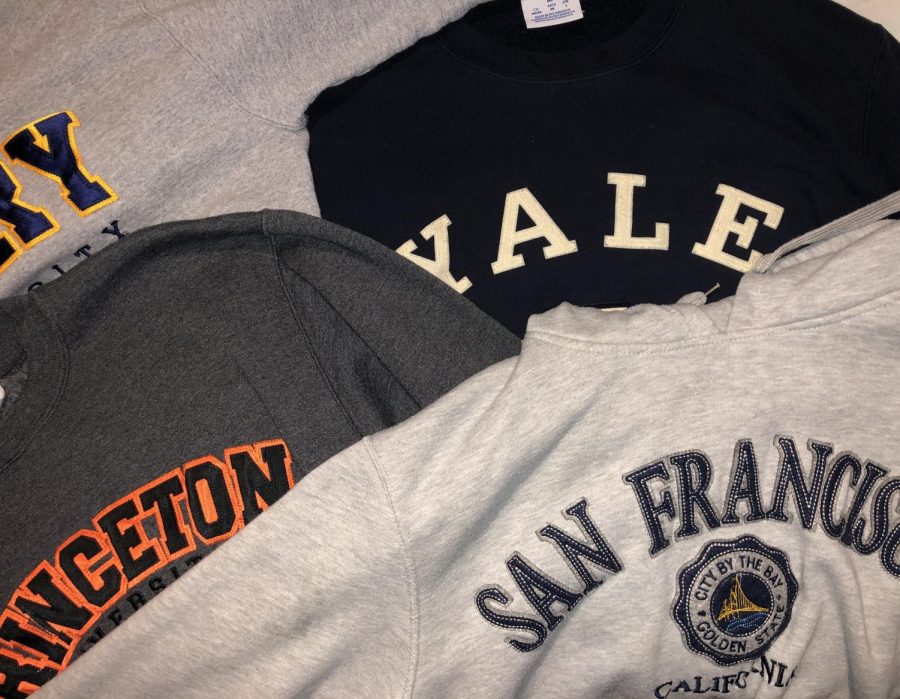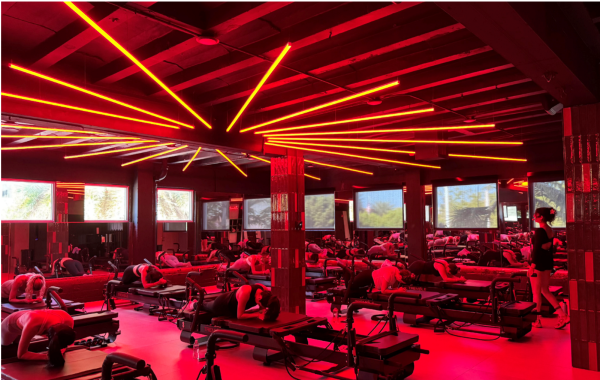Students question the practicality of RE’s logo policy
The 2021-2022 Ransom Everglades student handbook states that logos on polo shirts must be “no larger than 2 inches – except for Ransom Everglades logos.” According to Diversity Council member Martin Jaramillo ’22, the rule serves as one of the school’s initiatives to promote social inclusion. By effectively banning any large brand and designer label, the administration took a step to foster the school’s values of diversity and inclusion in the dress code.
Many Ransom Everglades students do agree that banning large logos can promote inclusiveness for those who cannot afford high-end luxury brands. “I do think the lack of logos does promote inclusivity in terms of a more relaxed environment that is not so focused on designer labels and money,” Lua Balestra ’22 said.
However, many students have questioned the policy in recent months, especially as it was enforced under former Dean of Students Mr. Clint Hough before his resignation in September. Students believe that Mr. Hough’s strict enforcement of the logo policy in the handbook during his short tenure as Dean may have demonstrated problems of clarity with the exact wording and the practical enforcement of the rule.
“I know that somebody got dress-coded for having the state name Maine on a sweatshirt!” said Natalia Atabaki ’22. Atabaki, who plans to study fashion in college, voiced other concerns about how effective the logo policy is in promoting a sense of inclusion. “I’ve always been able to dress creatively with different colors and brands. And now, I notice that a lot of my peers and I, whenever we try to express ourselves, we have to try to shy away,” she said.
Jaramillo echoed Atabaki’s view. “A number is not a logo, a word is not a logo, a name of a city is not a logo, and a name of a country is not a logo,” he said.
Jaramillo and Atabaki not only complained about the unclear phrasing of the logo rule in the handbook but also expressed the belief that the cost of this school’s enforcement of this policy has undermined the very idea of inclusivity it was designed around. After being ‘dress coded’ by Mr. Hough for a Kenzo shirt in September, Jaramillo ended up spending over $500 on seven new Psycho Bunny polo shirts without large logos.
“I have been wearing the same type of shirts since ninth grade— technically, the same type of shirts— and nobody has said anything about the approach,” he said.
Amid these complaints from seniors, RE freshmen have not necessarily felt the same sense of frustration towards the logo policy and its enforcement. Coming from the middle school and wearing RE logos, “I was not really surprised by the ex-Dean’s approach,” said Lyle Barnett ’25. “It actually felt way more chill and laid-back than the way it was last year,” he continued.
Now, many students, especially upperclassmen, are left wondering how the logo policy will be enforced in the months to come under the new acting Dean of the Upper School, Mr. Petar Solomun, who stepped into the role on November 15. Atabaki expressed the hope that Mr. Solomun will change the handbook to create an inclusive environment for learning—not with a “flawed” logo policy that hinders creativity but by “finally considering the arts, [and] the kids that rely on artistic expression to show who they are.”
From Mr. Solomun’s perspective, “the [rules] that are not up to interpretation are the ones that are most likely to be enforced.” He explained that he will prioritize the more straightforward rules—such as IDs and sweatpants—before he starts tackling the issue of the logo policy. He also noted, however, that the administration has not yet discussed any plans to change the logo policy or consider the effectiveness of the rule in the handbook.

Gabriel Mora '22 is a Co-Editor in Chief and writer for The Catalyst. He covers news & multimedia content for the newspaper.







